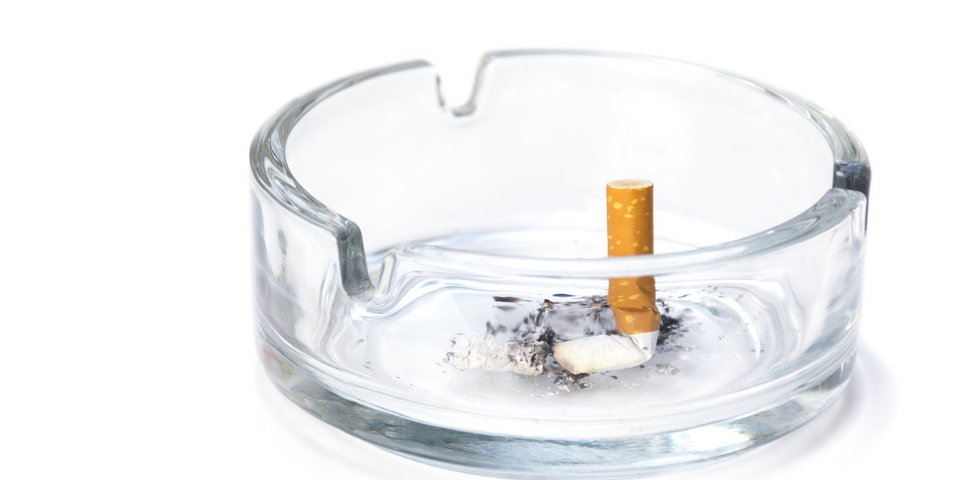 Maren Winter - Fotolia
Maren Winter - FotoliaCouncil recommendations on smoke and aerosol-free environments
Extension to novel products such as e-cigarettes and smoke-free rooms.
CC – 09/2024
On Tuesday, after long delays, the European
Commission published draft Council recommendations on smoke and aerosol-free environments. The Commission proposes to update the
2009 Council Recommendation on smoke-free environments in line with new market
developments and trends in novel products.
The aim of updating the Council
recommendations is to better protect people throughout the European Union (EU),
especially children and young people, from exposure to second-hand smoke and
aerosols. At the same time, it is aimed at combating the consumption of both
conventional tobacco products and novel products and preventing young people
from becoming addicted to nicotine. The update is also intended to make a
positive contribution to achieving a "tobacco-free generation" in
Europe by 2024, as envisaged in the European
Beating Cancer Plan.
Novel products
The new Council Recommendation is to have a
broader scope and include novel products such as electronic cigarettes
(e-cigarettes) and heated tobacco products (HTPs). The Commission proposal
refers to "emerging products that emit smoke or aerosols, for example
heated tobacco products, electronic cigarettes, whether containing nicotine or
nicotine-free, and tobacco surrogates, and any other smoke and/or aerosol
emitting products". Member States should be recommended extending their
smoke-free environment policies to these products, which are increasingly
reaching young people, in particular.
The World Health Organisation (WHO) has
drawn attention to the negative effects of emissions from novel products such
as e-cigarettes, which can cause significant respiratory and cardiovascular
problems. E-cigarettes are becoming increasingly popular, especially among
young people. According to a WHO study,
32 per cent of 15-year-olds have already tried e-cigarettes, 20 per cent of
them in the last 30 days. In comparison, 25 per cent of 15-year-olds have
smoked conventional cigarettes at least once, 15 per cent of them in the last
30 days.
New areas
The new recommendation is also intended to
extend the scope of smoke-free environments to important outdoor areas. These
include public playgrounds, amusement parks, swimming pools, bus stops and
railway stations, outdoor areas of health and educational facilities as well as
public buildings. Member States should also consider whether to include other
areas "such as private cars where children, minors or vulnerable people,
are present, in complementary actions preventing tobacco and nicotine use and
addiction, and contributing to comprehensive smoke- and aerosolfree
environments."
It is estimated that around 9 per cent of
all cases of cardiovascular disease and over 2 per cent of cardiovascular
deaths in Europe are attributable to passive smoking. For non-smokers who
inhale second-hand smoke at home or at work, the risk of developing heart
disease increases by up to 30 per cent. Passive smoking can also increase the
general risk of cancer by up to 16 per cent in people who have never smoked.
In addition to providing financial
resources from the EU4Health and Horizon programmes, the Commission also plans
to develop a prevention tool kit to support the health protection of children
and young people.
The DSV welcomes the proposals
The German Social Insurance (DSV) has
expressed its position on the fundamental adaptation of the legal framework for tobacco control. It is
calling for the Council recommendations for the extension and tightening up of
more smoke-free environments. The Council recommendations that have now been
presented are in this spirit and are very welcome.
The draft Council recommendations will now
be transferred to the Council working group on public health for discussion.
The next Employment, Social Policy, Health and Consumer Affairs Council (EPSCO)
meeting will take place on 2 and 3 December 2024.
